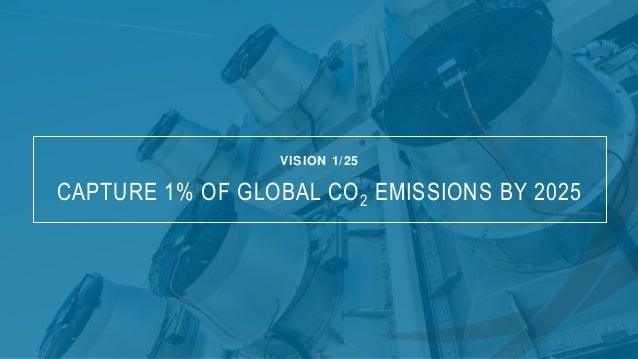

This, in turn, would allow more CO2 from the atmosphere to be captured and stored in the ocean. The idea is that by adding antacid to outflows from wastewater treatment facilities-which already are permitted and monitored to ensure the safety of treated water before it goes into the ocean-it will combine with dissolved CO2 in the surface oceans to form carbonates and bicarbonates that remain in the seawater for a long, long time. The antacid (magnesium hydroxide) works like TUMS or baking soda, lowering the pH balance of seawater to make it less acidic. “What if we put antacid into seawater, then what does that do? Research says it starts to rebalance and the ocean pulls CO2 out of the atmosphere, safely storing it for hundreds of thousands of years.”


Too much CO2 in the air leads to too much CO2 in the oceans, which over time leads to dangerous ocean acidification, says Mike Kelland, CEO of Planetary Technologies. Its technology is based on the fact that the atmosphere and the ocean are constantly communicating. This unit can be up and running in less than eight weeks, Sharma says.īased in Canada, Planetary Technologies is taking a more liquid approach. With target dates looming like storm clouds, equipment needs to be delivered lightning-fast. CycloneCC is the size of a shipping container, which Carbon Clean believes is pivotal for mass production. For decades, conventional technology for industrial sites were massive plants designed for the oil and gas industry. This technology solves the “capacity problem,” says Aniruddha Sharma, chair and CEO of Carbon Clean. (The company is testing the use of non-aqueous solvent (NAS) to bring this cost down in the future.) The cost of the unit is undisclosed at this time, but by 2025, Carbon Clean aims to have customers pay $30 per metric ton of carbon captured. A commercial rollout is scheduled for 2023 with deployment partners including CEMEX, Chevron, and Veolia. The captured carbon can then be used in products and processes-turned into soda ash and used in household detergents, for example, or to produce carbon neutral fuels-or permanently stored underground.Īs of August 2022, CycloneCC has been successfully pilot tested in the U.K. Launched in 2021, the technology captures CO2 directly from the point of emissions, such as flue gas (sometimes called exhaust or stack gas) from an industrial plant. On the emissions reduction side, Carbon Clean, based in London with offices in India, Spain, and the United States, aims to address all three with a low-cost carbon capture unit called CycloneCC. The solutions with the greatest impact will depend on several things, such as cost, scalability, and how effective they are at removing carbon permanently. That said, WRI supports a portfolio approach, says Katie Lebling, an associate in WRI’s climate program. DAC, which uses ventilators to suck CO2 from the sky, takes up less space, but requires a lot of energy. Tree restoration is low-maintenance, but requires a lot of land (and trees can burn down in wildfires, which are worsening under climate change). In 2020, the World Resources Institute (WRI), a nonprofit organization focused on helping solve global problems practically, published a paper showing the two strategies with the largest carbon removal potential from now to 2050: tree restoration and direct air capture (DAC). If you follow the money, investors are betting big that carbon removal technology will be the way forward. This is where using carbon removal technology-vacuuming CO2 straight out of the atmosphere for safe storage-comes in. With so much carbon in the air, reducing emissions is critical, but not enough to meet climate goals. In 2021, the global average level of carbon dioxide set a new record high at 414.72 parts per million. Every year about 51 billion tons of greenhouse gases get released into the air, with carbon dioxide being the main culprit, making up 76% of the mix. Will it be enough to avert a climate disaster? Some say no.


 0 kommentar(er)
0 kommentar(er)
